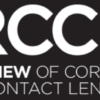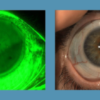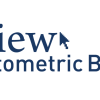See how prioritizing sagittal metrics is changing the approach to design across modalities.
By Aaron Wolf, OD
The contact lens industry is evolving as more manufacturers begin to embrace an elevation-based approach, especially with specialty lenses like corneal rigid gas-permeable lenses (GP), scleral lenses, and orthokeratology lenses (ortho-K). There is also increasing evidence in commercial soft contact lenses that highlights the critical role of elevation data in achieving consistently successful and empirically driven lens designs.
This two-part series explores the tools for understanding cornea and sclera shapes: part one focused on the purpose and available technologies for corneoscleral elevation data, while this part two covers corneoscleral elevation focus shifts and incorporation of the data into the specialty lens fitting practice.
Here are some key takeaways from the article, highlighting the most relevant insights and discoveries:

Dr. Aaron Wolf
OD, FAAO, FSLS, FIAOMC
Sclerals to Align Any Geographical Features
Scleral lenses (SLs) have gained renewed popularity due to their ability to vault over the cornea and align evenly with the sclera, ensuring comfort and stability. Traditionally, corneoscleral sagittal height was indirectly gauged through trial and error. However, with modern corneoscleral profilometry mapping, practitioners can now precisely measure ocular heights at specific locations, enabling the design of scleral lenses that fit any eye, regardless of its anatomical features.
A patient with keratoconus and a nasal pinguecula—a common ocular surface challenge—found relief through a scleral lens designed to align with the eye’s unique topography. Using corneoscleral profilometry and CAD/CAM software, a perfectly fitting lens was created, enhancing comfort, reducing irritation, and improving rotational stability.
By leveraging corneoscleral profilometry, even complex ocular surfaces can be mapped and custom-fitted with scleral lenses, offering a precise and comfortable solution for patients with irregular eye shapes.
“A common language is needed between lens design, lens evaluation and lens manufacturing. There is no better language in this industry than sagittal height to bind those aspects together. That’s where the future is headed, if not already there.”
By Aaron Wolf, OD
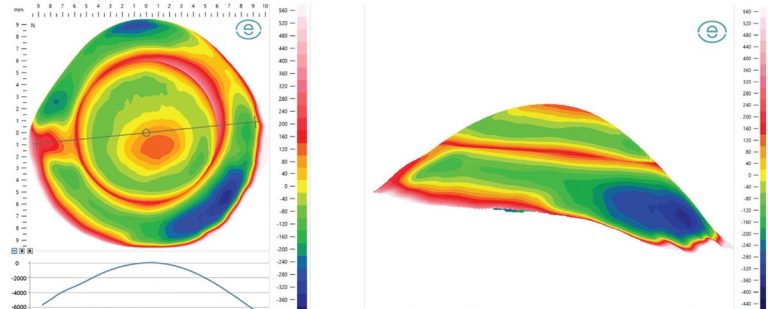
Corneoscleral profilometry elevation mapping of the ocular surface with Eaglet Eye Surface Profiler
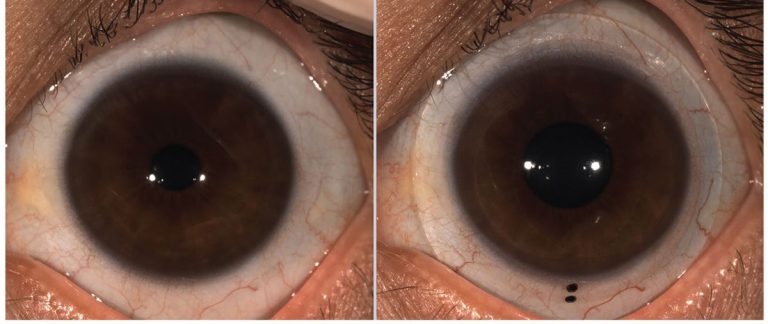
The lens in-situ aligning to the sclera and raised pinguecula


